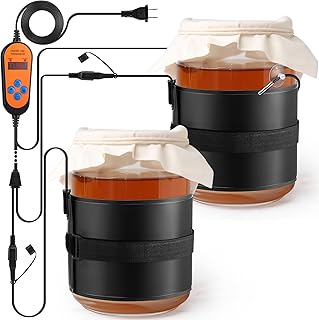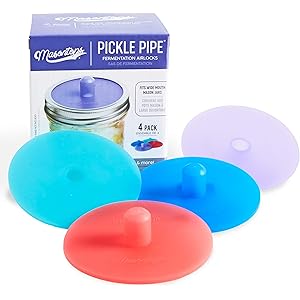Understanding Yeast Storage
Yeast is a crucial ingredient in baking and brewing, and knowing the best way to store yeast long term is essential for maintaining its viability. Yeast can be sensitive to temperature, moisture, and light, which can all affect its performance. Proper storage techniques can help extend the shelf life of yeast, ensuring that it remains active and effective when needed.
Types of Yeast and Their Storage Needs
There are various types of yeast, including active dry yeast, instant yeast, and fresh yeast, each with unique storage requirements. Active dry yeast should be stored in a cool, dry place, while instant yeast can be kept in a similar environment. Fresh yeast, however, is more perishable and requires refrigeration. Understanding these differences is vital for determining the best way to store yeast long term.
Optimal Temperature for Yeast Storage
The temperature at which yeast is stored plays a significant role in its longevity. Ideally, yeast should be kept in a cool environment, typically between 32°F and 50°F (0°C to 10°C). Storing yeast in the refrigerator or freezer can significantly extend its shelf life, but it’s essential to allow it to come to room temperature before use to ensure optimal performance.
Moisture Control in Yeast Storage
Moisture is another critical factor in yeast storage. Yeast should be kept in an airtight container to prevent exposure to humidity, which can lead to clumping and spoilage. Using vacuum-sealed bags or glass jars with tight-fitting lids can help maintain a dry environment, making it one of the best ways to store yeast long term.
Light Exposure and Yeast Viability
Light can degrade yeast quality over time, so it’s important to store yeast in a dark place or in opaque containers. This practice protects the yeast from UV rays that can diminish its potency. Keeping yeast in a dark pantry or cupboard is an effective strategy for ensuring its longevity and effectiveness.
Get more content like this!
Sign up to receive updates and new terms first hand.
Freezing Yeast for Long-Term Storage
Freezing yeast is one of the most effective methods for long-term storage. When properly frozen, yeast can remain viable for several years. To freeze yeast, portion it into small amounts, place it in airtight containers, and label them with the date. This method allows for easy thawing and use without compromising the entire batch.
Thawing and Reviving Frozen Yeast
When you’re ready to use frozen yeast, it’s crucial to thaw it correctly to ensure it remains active. The best way to thaw yeast is to transfer it from the freezer to the refrigerator for several hours or overnight. Once thawed, allow it to come to room temperature before using it in your recipes, as this helps revive its activity.
Checking Yeast Viability Before Use
Before using stored yeast, it’s a good practice to check its viability. This can be done by activating it in warm water with a bit of sugar. If the yeast bubbles and foams within 10 minutes, it’s still good to use. This simple test can save you from potential baking or brewing failures, making it an essential step in the best way to store yeast long term.
Labeling and Organizing Yeast Storage
Proper labeling and organization of your yeast storage can greatly enhance your baking and brewing experience. Always label containers with the type of yeast and the date of storage. This practice not only helps you keep track of freshness but also ensures you use the oldest yeast first, minimizing waste and maximizing efficiency.
Conclusion on Yeast Storage Practices
Implementing these best practices for yeast storage can significantly extend its shelf life and maintain its effectiveness. By understanding the specific needs of different yeast types, controlling temperature and moisture, and checking viability before use, you can ensure that your yeast remains a reliable ingredient in your culinary endeavors.




